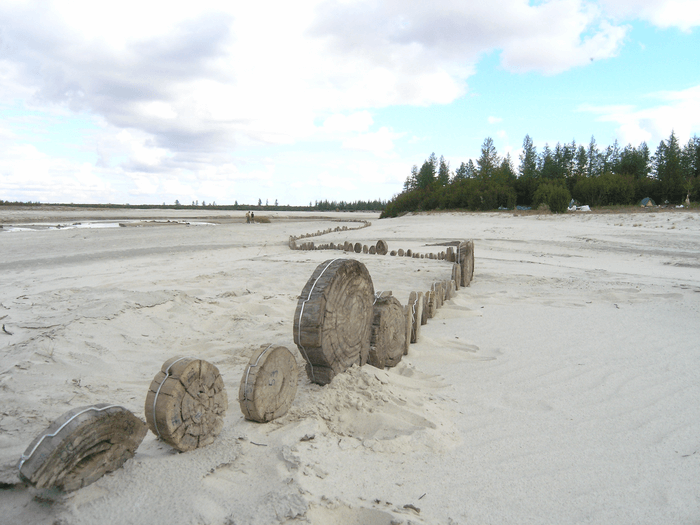YEKATERINBURG, Russia — 2022 is going down as one of the hottest summers to date. As the planet warms up, scorching heatwaves have caused unprecedented high temperatures. Now, a new study examining the climate in Western Siberia reveals that the warmest summers in the past 7,000 years are happening right now.
“Due to changes in the Earth’s orbit we would have expected a continuous, slow and gradual decrease of incoming summer solar energy and thus temperature at the subpolar latitudes of the Northern Hemisphere during last 8-9 millennia,” says Rashit Hantemirov, lead author of the study and researcher at Ural Federal University, in a media release. “However, how recorded by the trees growing in Yamal, this cooling trend has been interrupted in the middle of the 19th century, when temperature began to rise very quickly and reached the highest values in recent decades.”
The north of Western Siberia had been slowly cooling down, but in the 1800s there was an abrupt change in temperature. What was once cooling suddenly shifted to rapidly rising temperatures, with the highest temperatures coming in the last few decades.
“The exceptionality of the modern warming is corroborated by observations that the last century was characterized by a total lack of cold extremes contrasted by the occurrence of 27 extreme warm years, 19 of which have fallen in the last 40 years,” explains Rashit Hantemirov.
Tree rings reveal the growing danger of climate change
Tracking the temperature patterns of Western Siberia is the result of multiple field expeditions where the study authors collected subfossil wood over the past 40 years. Using over 5,000 samples, the researchers measured when tree rings formed over the last 8,800 years. The reason tree rings are measured is because it’s a fossilized record of past growing conditions, including air temperatures. Trees in subpolar regions and at high elevation are most sensitive to temperature changes.

Changes in temperature have mainly come from human activities that propel climate change, according to the study authors. With further data collection of tree rings, the team is planning to trace these temperature changes back another 2,000 years.
“Thank to international cooperation it will also be possible to use other tree-rings parameters to further precise the climate reconstructions. With colleagues from Switzerland, we are working on the analysis of the tree rings cellular structures, and together with the Institute of Geology and Geophysics of the Chinese Academy of Sciences, we intend to perform a climate reconstruction based on the analysis of the oxygen-18 isotope in the annual rings,” Hantemirov concludes.
The study is published in the journal Nature Communications.


Pretty stupid to say Siberia was warmer 8800 years ago and say humans are the cause of climate change.
Yeah, it’s crazy that humans be blamed for anything, when the Sahara used to be a jungle and now it’s a desert. Everyone knows science is just a cult.
Yeah, it’s crazy that humans be blamed for anything, when the Sahara used to be a jungle and now it’s a desert. Everyone knows science is just a cult.